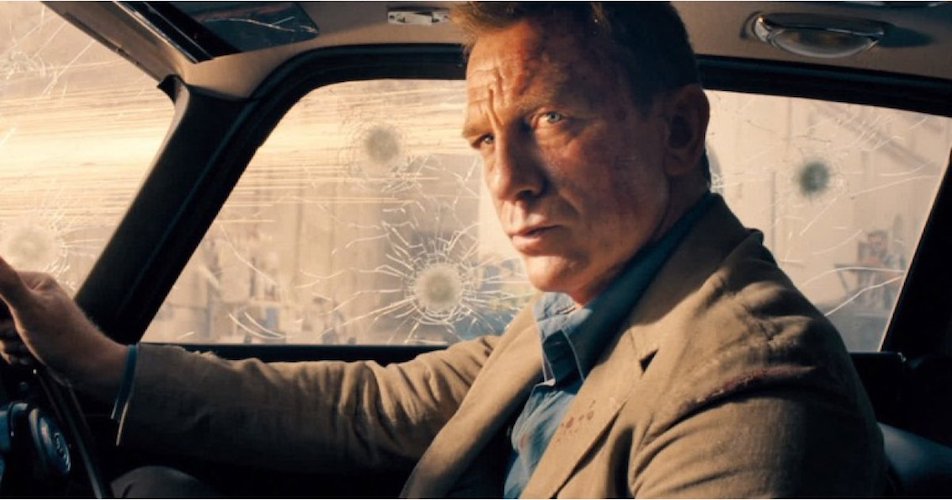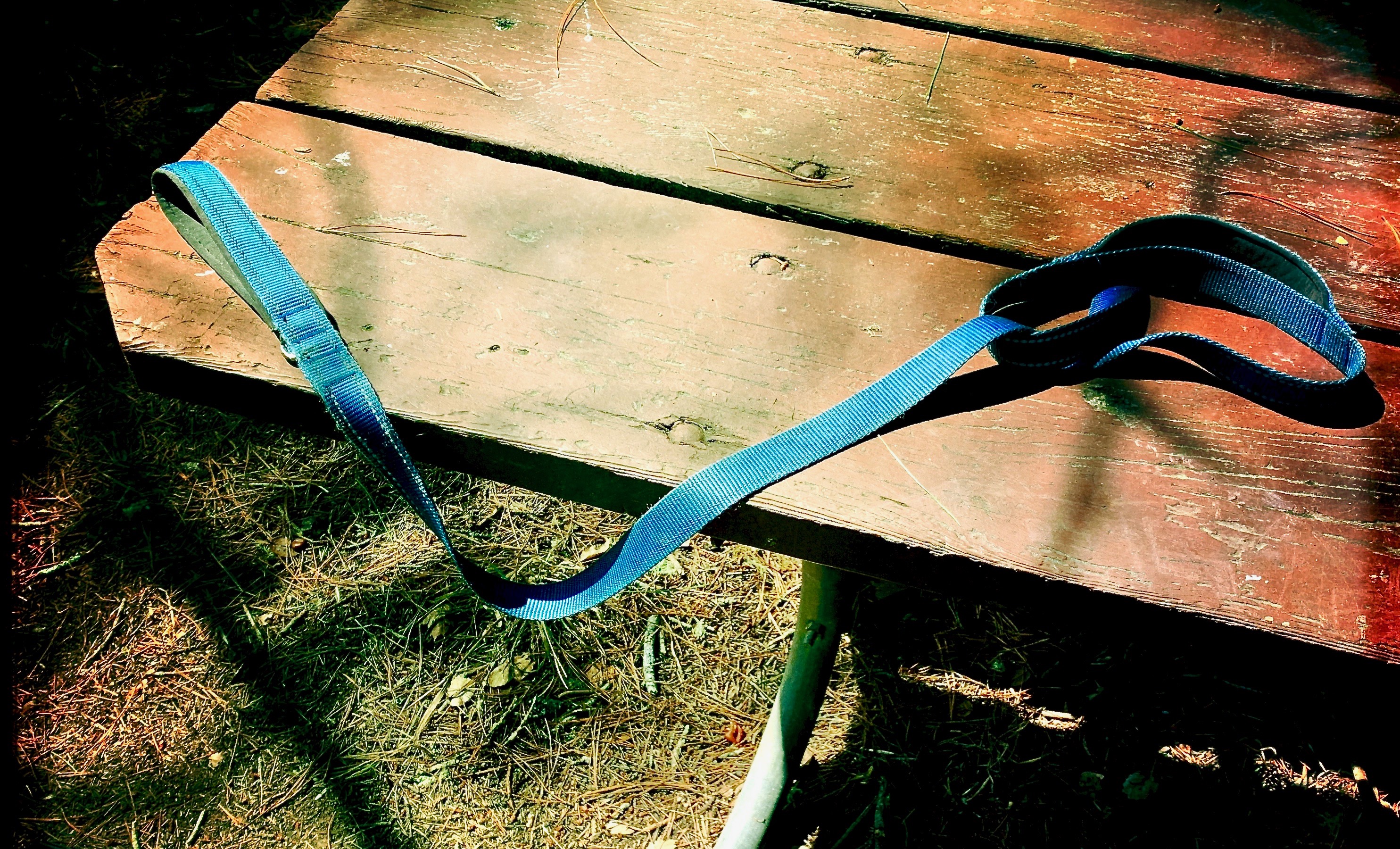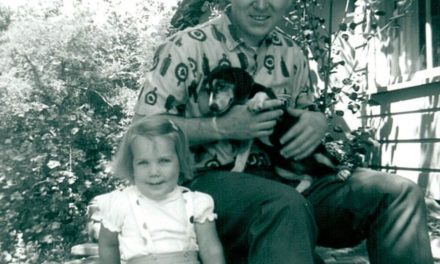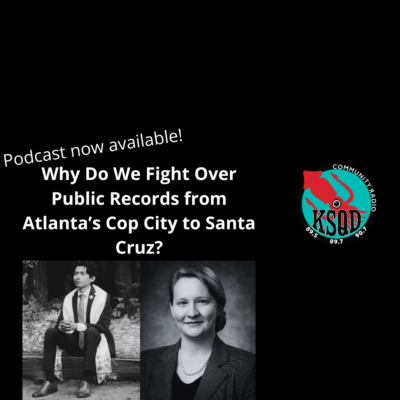
Last September, Daniel Craig’s swan song as James Bond was finally released after being held back nearly two years due to the global pandemic, making its title, No Time to Die, more than a little ironic. Directed and co-written by former UCSC slug Cary Fukunaga, No Time to Die is now available on home video just in time for the movie icon’s 60th anniversary. That’s six decades of Bond girls, Bond cars, Bond gadgets, Bond villains, and bad Bond puns.
It’s hard to believe, but it’s been sixteen years since Daniel Craig first slipped into 007’s tuxedo, and he’s aged into the role beautifully. His debut as the ultimate spy in Casino Royal marked the first time the action franchise made an effort, however small, to modernize the series by broadening gender and racial representation, playing down Bond’s misogyny, and playing up the character’s psychological complexity. Craig, arguably the most talented Bond performer since Sean Connery, expresses more than just determination, anger, and self-satisfaction. He has deeper feelings – often conflicted. He’s even capable of love. No Time to Die is an exciting final chapter for Craig’s Bond, even though at close to three hours long the story does suffer from a little fat around the midriff. The same can’t be said for Craig, who could easily compete against Brad Pitt for best male upper torso in the over-50 category.
No Time to Die starts off with one of the most thrilling pre-credit sequences ever, and, clocking in at over twenty minutes, it’s hands down the longest. There’s a frightening home invasion that provides a backstory payoff later in the film, three death-defying stunts, and a car chase involving Bond driving the DB5 Aston Martin made famous in Goldfinger, complete with embedded arsenal, culminating with a nail-biting moment when it looks like bullet-proof glass won’t be enough to save him. After the obligatory CGI-animated title sequence, accompanied by a disappointingly lethargic Billie Eilish song, the story picks up five years later; Bond is enjoying his retirement from MI6 in Jamaica, even though his enemies, old and new, are still at work. Christoph Waltz, in a scene straight out of The Silence of the Lambs, reprises his role as Blofeld, the ultimate puppet-master. A new threat comes in the form of Lyutsifer Safin, played by Rami Malik. Safin, with his creepy voice affectation and equally creepy complexion, is a fun throwback to classical bond villainy bent on upending the world order. Suffice to say, it doesn’t take long for Bond to become reacquainted with his trusty Walther PPK.
Bond sequels have always recycled elements from its predecessors. But No Time to Die, the 25th film in the franchise, reaches back half a century to borrow almost exclusively from On Her Majesty’s Secret Service. Many Bond aficionados consider it one of the best in the series, if not THE best, so the filmmakers could do worse. Nonetheless, pilfering so many ideas, and even the musical cues, from one particular film may be the surest sign yet that 007 movies are starting to run on fumes, if they hadn’t been already. Of course, that’s not going stop anyone from producing more. “James Bond,” the words at the end of the closing credits assure us, “will return.”
For KSQD’s Film Gang, this is Paul Kanieski.










